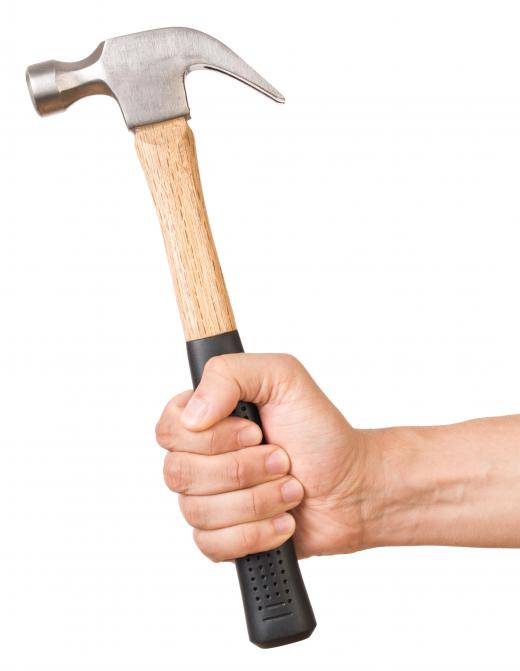A cold finish, or cold finishing, is a strategy that is used to alter the form and enhance the strength of different types of metal. Commonly used with steel and similar metals, this approach involves using an approach other than heating metal in order to change the shape of the metal into bars or other shapes while also hardening the finished metal product. In fact, the process is sometimes referred to as cold hardening in reference to the outcome of using this particular method in metalworking.
While the name "cold finish" conjures up images of using extreme cold in order to manage the process, this approach is more about the absence of heat than the application of cold. One simple example of managing a cold finish on a metal has to do with changing the shape of a section of copper tubing. Using simple tools such as a hammer to flatten the tubing will eventually result in a new shape that is much less flexible and has a higher degree of strength than the original rounded section. This flatter and stronger section can then be used in applications that would not have been possible before.

This same process of using pressure to flatten and thus strengthen metals for use in specific applications can be employed with a number of metals. For example, steel can be reshaped in this fashion, incrementally adding strength to the reshaped sections and making the finished product ideal for specific uses. A cold finished steel bar can easily be used in construction projects to add a degree of stability to the construction that would be difficult to achieve using other materials. As part of the shaping process, the cold finish also makes it possible to mold and refine the shape of the objects to whatever dimensions are required. The end result can also include a smooth surface that is achieved with the use of the constant pressure exerted on the surface of the metal during the execution of this metal shaping method.
The use of a cold finish technique makes it possible to form a wide range of components that may be used in machinery as well as in construction projects. Gears and other machine parts may be formed using this approach, creating components that stand up to a great deal of wear and tear. While it is possible to cold finish a metal by hand in some cases, the use of equipment capable of providing immense pressure on the metals is a more common approach today.

